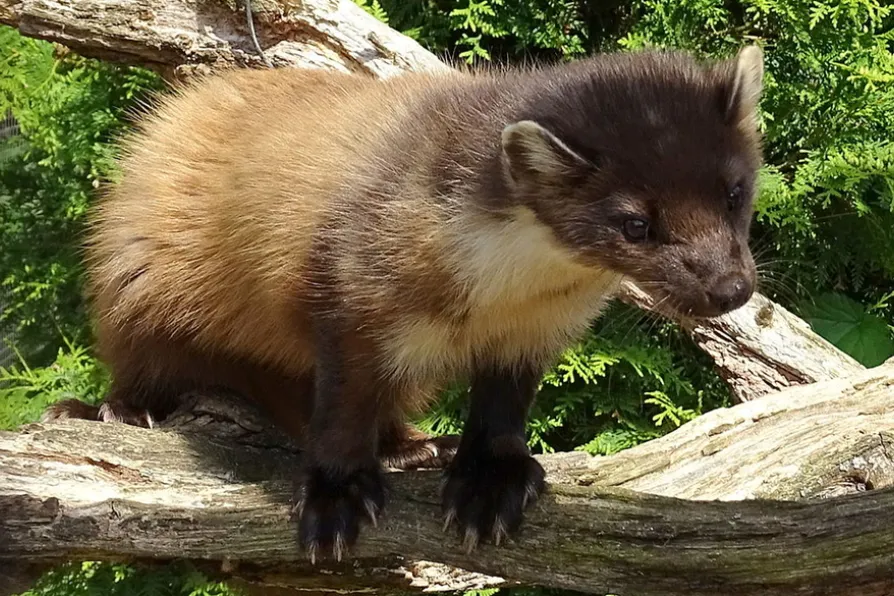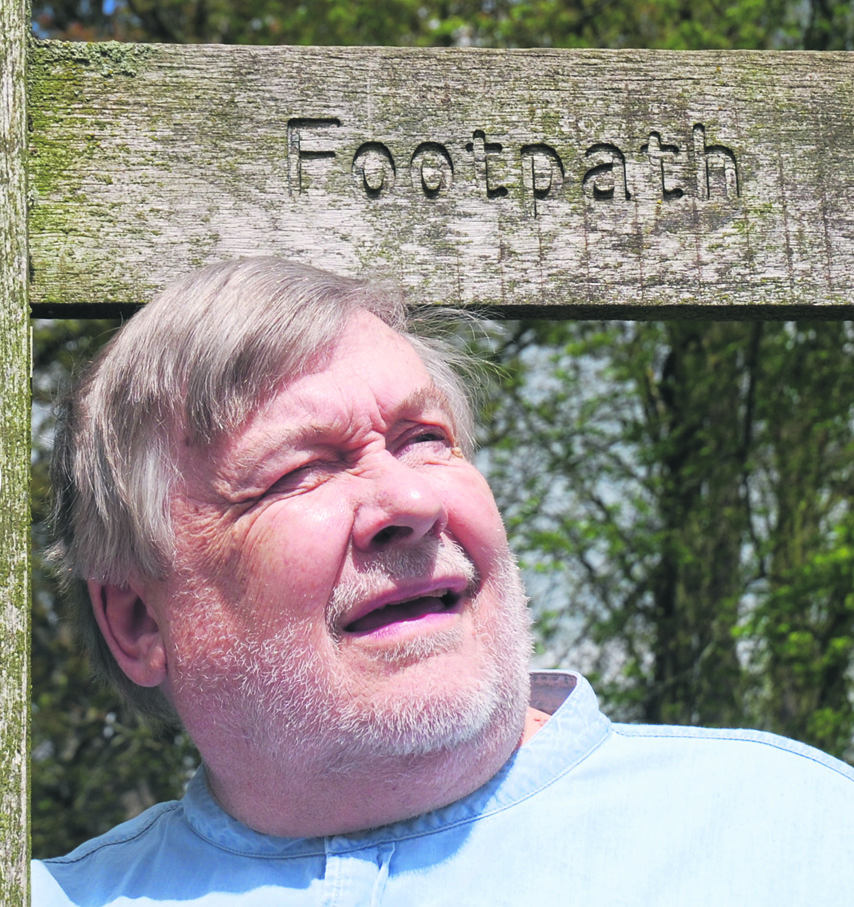Durham Miners’ Association general secretary ALAN MARDGHUM speaks to Ben Chacko ahead of Gala Day 2025

 A Pine Marten at the British Wildlife Centre
[SurreyJohn/Creative Commons]
A Pine Marten at the British Wildlife Centre
[SurreyJohn/Creative Commons] The rare pine marten (Martes martes) is, for most of us, more easily seen on a television wildlife programme than in real life. They are mostly nocturnal, but if you are lucky and in the right place you may spot them when they are active during daylight in the summer.
Like many of our mammals and birds of prey they were driven almost to the point of extinction by greedy so-called country sporting interests seeking to protect grouse, pheasant and other shoots.
However today wiser councils prevail and as pressure on these wild creatures is reducing they are able to re-establish themselves.
Now pine martens enjoy the highest legal conservation status and are protected in Britain under the Wildlife and Countryside Act 1981, although that still doesn’t always save them from overenthusiastic gamekeepers and their greedy employers.
Today some mammal enthusiasts who are lucky enough to live in pine marten country can sometimes even encourage pine martens to visit bird tables laden with peanuts and raisins.
A native of Britain and Ireland, the marten is a member of the mustelid family which includes the far more common weasel and stoat as well as the polecat, otter and escaped but now common mink. Another close relative is the ferret, still occasionally kept for hunting and as a pet. Some ferrets have escaped and are living wild. The rare feral blonde variety are particularly attractive. I saw one recently and recognising just what it was took some time.
The pine marten is the size of a small domestic cat. Their bodies are up to 21 in (53 cm) in length, and their bushy tails can add another 10 in (25 cm). Males are slightly larger than females; typically, martens weigh around 3.3lb (1.5kg) – 3.7lb (1.7kg).
It has a slim body and it is claimed that even a fully grown adult marten can get through a three-inch diameter hole. Its fur is brown with a distinctive cream bib on the throat. The long bushy tail and prominent rounded ears and cheeky face make it quite easy to recognise. They live for approximately eight years.
You are most likely to find them in woodland habitats, but they will also live in scrub, rocky areas and on rocky crags where they take advantage of their supreme agility and climbing skills.
That climbing ability is also often seen high in the tree cover where they move and leap from branch to branch like some amazing circus trapeze artiste.
Pine martens prefer to rest and breed above ground and frequently den in tree cavities, disused squirrel nests (called dreys) as well as larger disused bird nests. Many local wildlife organisations erect purpose-built marten den boxes and these are often used as are owl nesting boxes.
Pine martens are largely solitary, coming together only to mate in July and August. During the summer mating season, they make shrill, cat-like calls.
Between one and five tiny kits are born the following spring. The kits stay with the mother until the autumn when they are fully grown and leave mum to establish their own territories.
Pine martens eat a wide variety of food and will consume what is plentiful locally. This may include small mammals, birds, insects and carrion.
They do eat bird’s eggs and have been seen to raid the nests of some rare species including ospreys but some superb film has been shot in Scotland showing a female osprey successfully defending her clutch of eggs from a pine marten. Truly nature red in tooth and claw.
Fruit such as bilberries, rowan berries and blackberries make up much of a pine marten’s summer diet, often resulting in its scats or droppings turning blue or red in colour.
Pine martens regularly leave their scats on forest trails or in prominent places like boulders to mark their territories. When they are fresh, scats may have a slimy appearance due to mucous binding them together. They may contain fur, feathers, bones or seeds.
Pine martens also prey on squirrels. It seems they take far more grey squirrels than the threatened reds. Greys are bigger, slower and spend more time on the ground than their red counterparts. Reds can move quicker and climb higher in trees where thin branches will not support the weight of an adult marten.
Studies are still to be conclusive but this could be great news for the endangered red squirrel as well as the ancient woodlands that suffer so much from grey squirrels stripping the bark of ancient trees.
The only natural predator of the marten in Britain, if we exclude gamekeepers, is the fox.
The pine marten arrived in Britain after the last Ice Age, around 10,000 years ago. The extensive woodland cover of the time made ideal conditions for the pine marten.
It seems incredible but at this time pine martens were the second most common British carnivore. Populations may have reached 150,000 animals. Today the population is less than 5,000.
During the 18th and 19th centuries, as woodlands were cleared and gamekeepers controlled predators, populations declined dramatically.
By the early 20th century, pine martens had become extinct in most of southern Britain and were confined to north-west Scotland and a very few English upland areas like the Lake District, the Cheviot Hills, the Pennines and the North York Moors.
In Wales, populations survived in areas that included Snowdonia, the Cambrian Mountains and Carmarthenshire.
From the 1930s, following a reduction in trapping pressure, pine martens began to recover in Scotland and the population has slowly expanded and re-colonised many parts of its former range.
Today, pine martens are found throughout much of northern and central Scotland, as far south as the Central Belt, with some populations in parts of southern Scotland. Pine martens have begun to spread over the Scottish-English border and recolonise areas of Northumberland and Cumbria.
Elsewhere in England and Wales pine martens have appeared again. Some have been reintroduced by wildlife organisations as well as by individual mammal enthusiasts.
Like so many of our native mammals they are fighting for survival and those of us who really love the countryside need to do all we can to help.



















